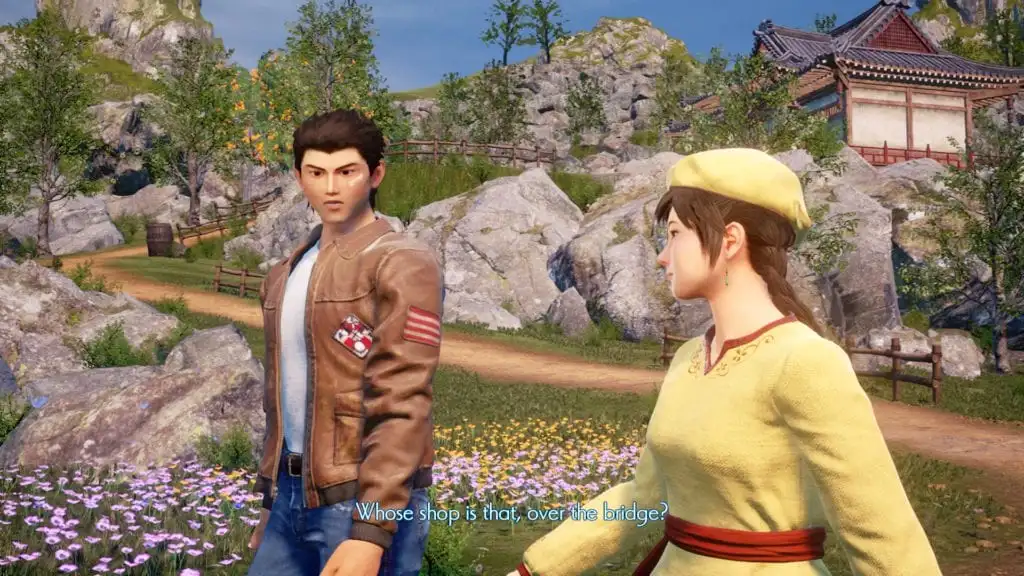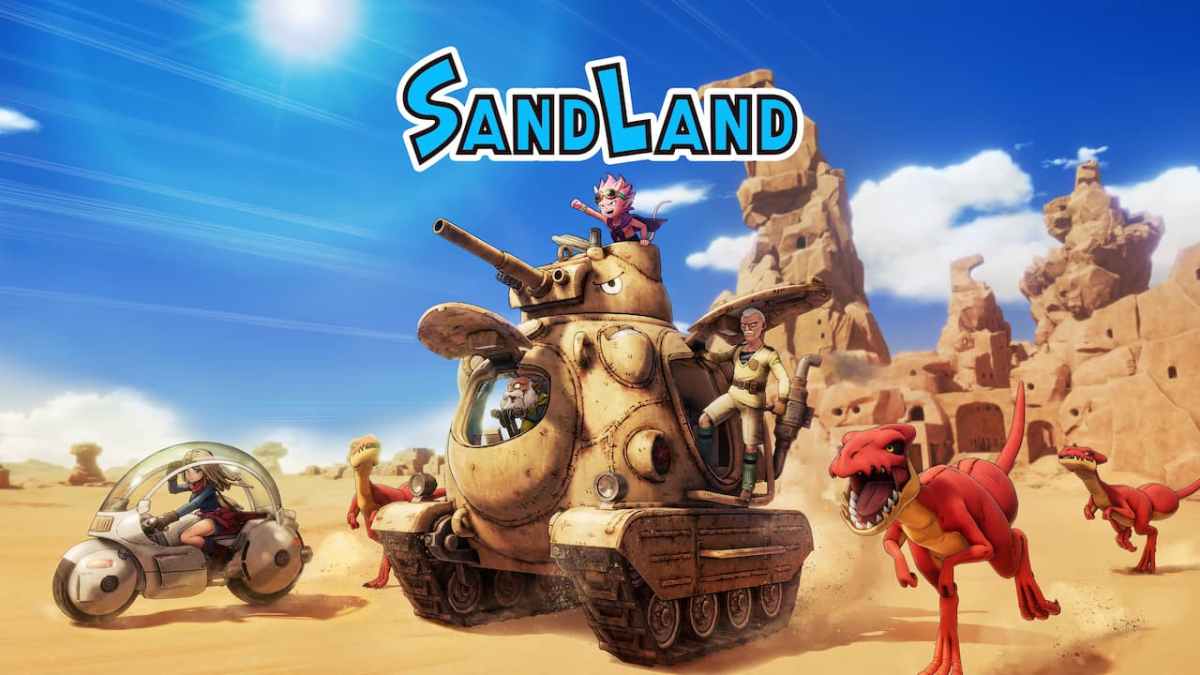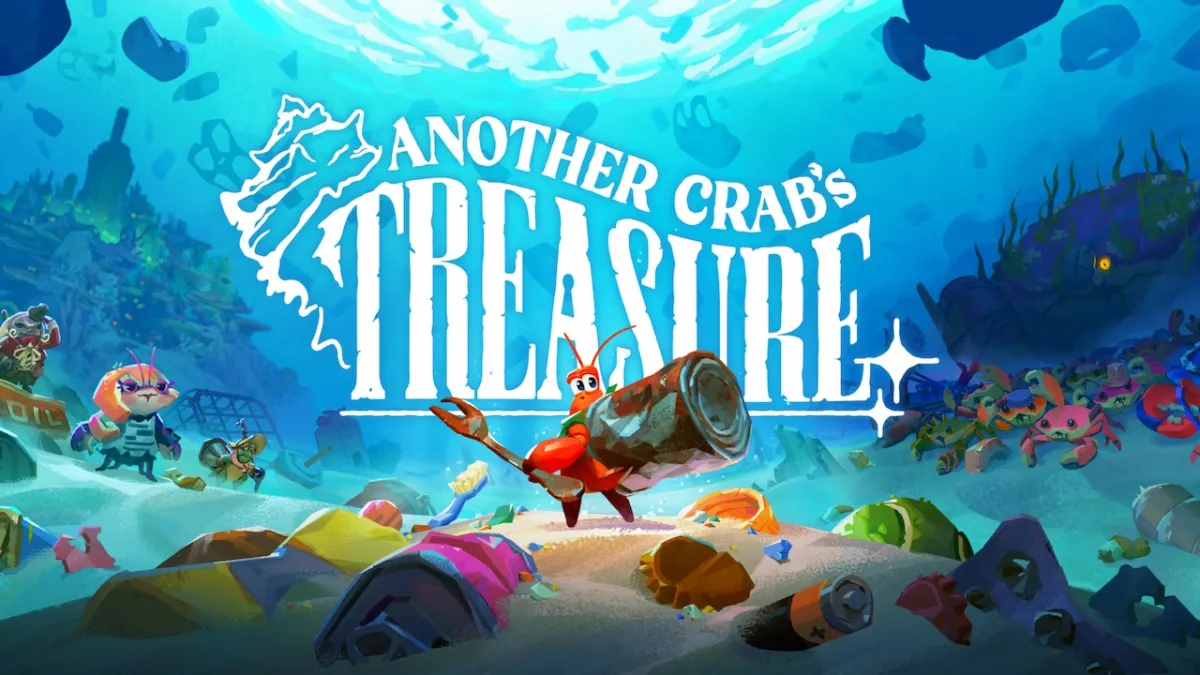Eighteen years is a long time in the gaming landscape. Trends change massively and gameplay elements that were once novel and entertaining can become stale and uninteresting. Shenmue III could have been a soft reboot of sorts. It could have struggled to fit into the current market to squeeze out more sales and please people who simply won’t be as receptive to what a Shenmue game is supposed to be.
Thankfully, though, Yu Suzuki and his team at Ys Net have stuck to their guns. Shenmue III isn’t some half-hearted retread or facsimile of a Shenmue game. It’s the real deal. There are some surprising advancements, but, for the most part, it’s a faithful addition to a beloved franchise. And I’m very satisfied with the fruits of their labor.
Where were we?
Shenmue III picks up right before the end of its predecessor. It takes the ending of that game and simply does it again for a couple of minutes before jumping into new stuff. Ryo Hazuki has finally reached the village of Bailu with Shenhua. Unfortunately, her father, Yuan, is missing. The entirety of the game’s narrative is concerned with finding Yuan and going from there.
Much like the previous two games, the plotting meanders for most of the duration. Plot developments are few and far between and new bits of information are doled out at a very slow pace. It also doesn’t help that the game’s third act was cut and moved to the next game, which will undoubtedly irk some fans. Plus, the game ends on yet another big cliffhanger with very little of import happening. But this is very much in line with the rest of the series from a narrative perspective, even if it’s more egregious here than the other two.
The most important difference is in Ryo’s facial expressions. Before, he was no better than an unflinching robot. He’s still stoic and not exactly full of life, but the looks on his face now convey so much more than what his brief dialogue is capable of. Watching him narrow his eyes in annoyance while the person he’s talking to starts being silly is continuously humorous. Plus, it means a lot to see him give a small smile. He even laughs a few times, too. See, progress!
Ask the locals
The lack of actual narrative importance in Shenmue III doesn’t really bother me, though. The story in Shenmue games is more or less of an excuse to take Ryo to a place and have him walk around and interact with it. These aren’t story-focused experiences, they’re meant to evoke a sense of place and have you slow down and enjoy your time. And I like that slice-of-life approach.
It’s a massive boon that the world design in Shenmue III is far and away the best the series has ever seen. The game is more in-line with the first outing of the series, with memorable, easy-to-navigate areas. But the world is much, much larger. It’s not as large as the second game’s, but it’s infinitely more focused, with unique places and people to be found all over as opposed to huge, copy-pasted areas where you constantly have to ask generic NPCs for directions.
This alone makes Shenmue III my favorite game in the series. These games aren’t about action or story, they’re about navigating environments and taking in the sights. And it’s here that this one excels above not only the others in the series but most games in general. The majority of open-world games focus on size over detail, but the world here just begs you to learn and explore every nook and cranny. And doing so is a joy due to how well-realized and inviting everything is.
Kick, punch, it’s all in the mind
Of course, there is fighting in Shenmue III, but not as much as you’d likely expect. Well, not as much that’s mandatory, at least. You get into fewer battles due to the story, but there are more side activities mixed with martial arts than before. Ryo can fight to become the top-ranked fighter at a couple of martial arts schools. He can spar with several NPCs you find. He can even take part in a surprisingly lengthy set of battles that you can gamble on.
And the combat here is damn good. I know that many fans are disappointed that the Virtua Fighter combat system has been totally removed, but I always found it to be clunky and imprecise with an untenable camera. Here, there’s simply a much higher level of precision. Ryo has four general attacks, two arm-based ones, and two leg-based ones. These button presses can be combined to pull off other moves which work a lot better than the awkward, direction-based inputs of the other games.
The fighting here is more akin to a real fight. You can tap the stick in any direction for Ryo to quickstep. And dodging out of the way at the last second will slow down time and allow Ryo to hurt his foes even more. You can even switch between five different moves during combat that you can assign to the right trigger. The only caveat is that throws are gone, but those existed just to knock your enemies to the ground and there are plenty of options to do that still. Fighting can be really tough at first, though. The game’s second fight is a massive difficulty spike if you didn’t do any grinding. Oh, yes, there’s grinding this time.
Slave to the grind
Ryo starts Shenmue III with only half of his health. His health now doubles as his stamina, which drops constantly, requiring him to eat at regular intervals. When he runs, he uses up considerably more stamina, so you’re going to want to always have food or medicine on hand. This sounds like more of a pain than it is. It only takes a couple of seconds to eat and food is extremely cheap and easy to come by. This does require you to make some money, but even a few minutes spent gambling or working will see you make more than enough for a few days of food.
Now, if you want Ryo to get more health – and you will – you’ll need to do some of Shenmue III’s aforementioned grinding. This is done in two ways. You either do some martial arts training exercise minigames, such as the one-inch punch or horse stance. These raise Ryo’s endurance, which raises his Kung Fu level. You also need to train up the skills you get from combat scrolls and books, which you can do via sparring with other characters. Every skill you master gives you a single level to your Kung Fu. This doesn’t take any time at all, though. Each additional Kung Fu level raises Ryo’s overall health.
Depending on what you enjoy about these games, you might love this or you might hate it. I enjoyed the slow, realistic nature of Ryo having to practice every day. It also helps that you can do as little or as much of this as you want. If you don’t feel like it, you can just make a ton of money and buy a bunch of healing items and just spam those whenever you need and you’ll probably be alright.
Incentives on the side
As far as the main storyline goes, Shenmue III has you doing things the same way the other games did. You walk around and talk to people until one of them tells you something useful. You then go and talk to another person somewhere else. This repeats until you make some headway, which can take a while. Every now and again you have to fight some dudes. And much like how combat is less frequent here, so are quick-time events. There are only a handful of QTEs in the entire game, which I appreciated, as they typically give you such little time to respond that you’ll have to just memorize. Thankfully, command QTEs are completely gone, as is having to restart a fight from the beginning because you missed a QTE.
Anyone who was fond of previous games will feel right at home here. However, the pacing can take a hit due to obnoxious roadblocks. On two occasions, I was faced with fighting a boss-type thug. I got their health down without issue only for a cutscene to start up where Ryo gets severely beaten even though I was winning. You then have to go through a series of events to learn a single move that’s only used during a single QTE against a generic thug that Ryo should have no trouble beating.
As I said, though, the focus isn’t on that. You’re supposed to live and breathe the world around you, which is what Shenmue III does best. You can collect capsules, work jobs (including a forklift one), gamble, train, and play games like before. But this game incentivizes most of it. If you collect sets of capsules or buy a set of items, you can trade them in for new combat scrolls. Gambling is done with tokens and you’ll need to exchange them for prizes and then sell those prizes at a pawn shop, just like how pachinko gambling works in Japan.
Shopaholic
And boy, are there a lot of things to buy. The second area, Niaowu, is practically one large shopping district. But it’s not for show. The vendors all sell different items that you’ll use to complete collections. Plus, many of the stores and stalls have a little bird figurine hidden in them that will give you that store’s shop card. These are used for scroll exchanges and can be very tricky to find.
On top of that, there are a handful of side quests. You can secure items for people, track others down for them, or even fulfill criteria by fishing, which can net you prizes. However, I was only able to complete a single one of these, as they end very quickly and the game will sometimes make it difficult to complete them if you don’t already know what to do. I’d advise doing these with a guide so that you don’t miss anything.
This side stuff is what really separates Shenmue III from the other two. There’s just a lot to do and see in the game’s two locations. They’re interesting and feel lived-in and are the most fully-realized, interactive environments to grace a game of this sort that I’m aware of. If you’re a sucker for detail and immersion, very little can compare to what this game has to offer.
From beauty to bonkers
The visuals are a bit of a hit or miss in Shenmue III. Nature-focused areas like Bailu look really nice, even if the draw distance is surprisingly short. There’s a great use of color and walking past a field of flowers in the sunlight is a sight to see. Niaowu fares worse due to how the budget didn’t seem up to making as believable of an urban area, but even it has its pros.
The characters are definitely on the weaker side of things. Many of the characters don’t even look like they exist in the same fictional universe. Ryo and Shenhua look realistic and have decent facial animations, but some characters are so cartoony and strange-looking that they look horribly out of place. Animations can be kind of wonky as well. There’s also an issue with young women in the game often having very, very similar faces with only mild differences between them.
I also didn’t like how much Shenhua’s face has changed. She simply looks like a completely different person. Her old design radiated a sweetness that has been replaced by something colder and more distant. It’s fine and all, but I just don’t understand why they felt the need to so drastically change her, as it makes it really jarring to go directly from the second game to this one.
Meat on them bones
Shenmue III feels a fair amount longer than previous entries. It took me about 32 hours to reach the abrupt, mostly-unsatisfying cliffhanger at the end, but I greatly enjoyed my time with the game. It even has the option for a new game plus where you can keep anything that isn’t story-related; great for completionists. I do wish you could just go back to the default versions of the locations without having to start the storylines over again, but you do have the option to go straight to Niaowu if you’d like.
Overall, Shenmue III was exactly what I wanted from a continuation of this series. The world design is top-notch and living there was a joy. It’s got a lot of content and is very much in the same vein as previous entries. It can get fairly tedious, but no more so than the other two. I think most true Shenmue fans will really have a good time here once they get used to the combat and stamina management. Now, all we can do is hope that it does well enough for a fourth game.













